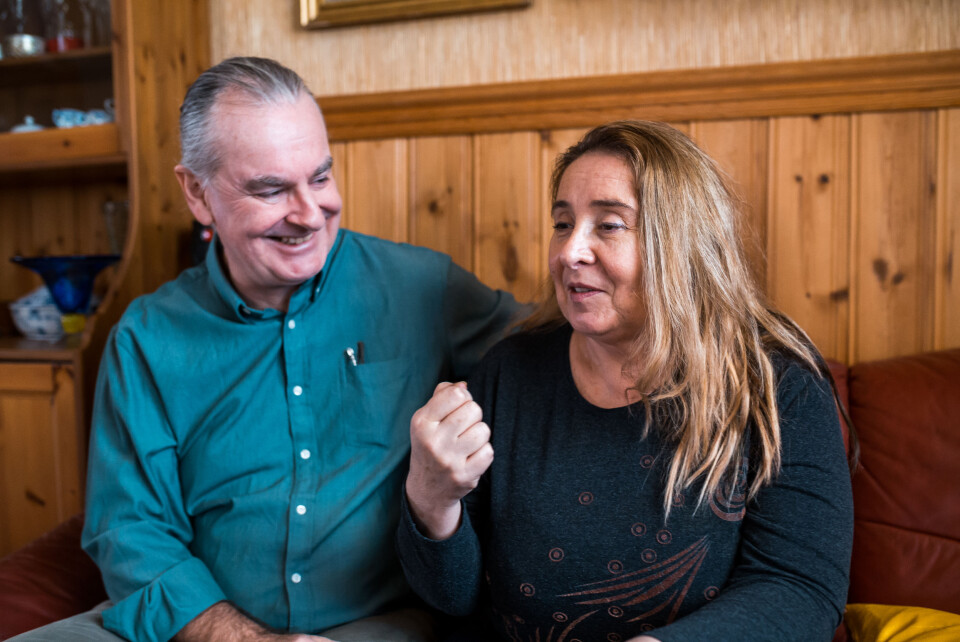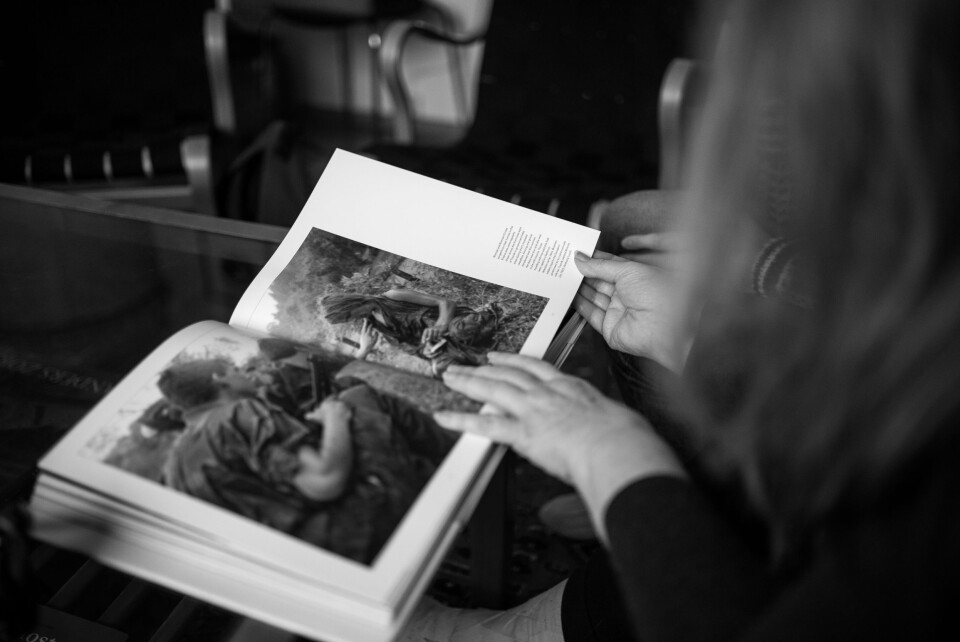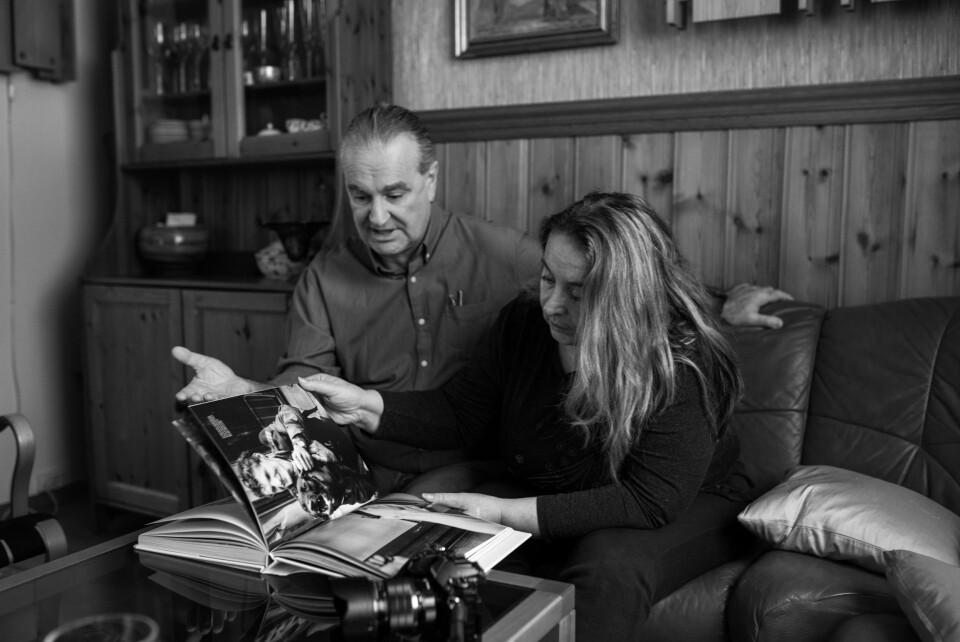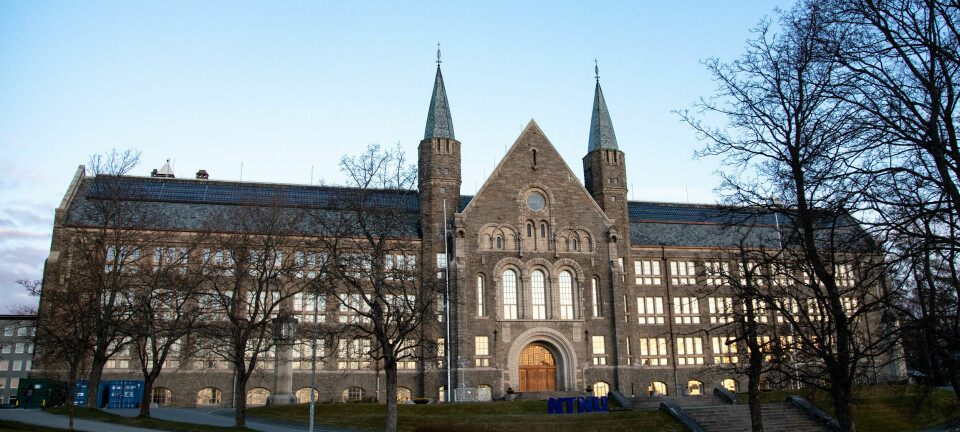
The significance of war photography
Journalist Aida Cerkez and photographer Morten Hvaal met during the Bosnian war. Now they want to help other war reporters save lives.
The year was 1992, and the Bosnian war had been going on for about two months. In Sarajevo a woman in her late twenties was out to get milk, carrying her two year old son in her arms. A journalist came up to her, asking for a phone, and where she could find electricity. She had neither, but she knew about a generator in a basement where a secret resistance group had their headquarters.
A shocked group of resistance soldiers could not believe that she had brought a journalist to their secret hiding place. The truth was more important than their silly little weapons, she told them, and convinced their leader to let the journalist use their generator. This was the beginning of the international press center in Sarajevo. The woman, Aida Cerkez, was hired by the Associated Press (AP) without speaking a word of english.
A urinal hair wash
– Aida became our fixer, says Morten Hvaal.
A fixer is a person who assist reporters in making arrangements. Hvaal himself was a reporter. More specifically, a war photographer. During his time in Sarajevo, he was one of the reporters Cerkez assisted.
Hvaal had a lot of experience from conflict areas, and had gotten used to living without luxuries, such as showers and clean water. Cerkez had noticed Hvaal’s greasy, long hair, and felt the need to teach the man a thing or two about personal hygiene.
– I found a cup of water, brought him into the men’s room and washed his hair in one of the urinals. It was a surreal experience standing there, with soldiers peeing on both sides of us, she says and laughs.
She herself was well groomed, and wore makeup despite the war going on outside the door.
– If you let your personal appearance go, you let them win, she says in a serious tone.
The brutal truth
Now, 27 years later, they sit in a cozy living room in Trondheim. Morten Hvaal has invited us to his mother’s home for a talk about their experiences, and the work for journalists’ safety in the most dangerous areas in the world. Walking around in conflict zones with «press» written on your bulletproof west is not a safe job.
– I was at my bravest when I did not know how dangerous it was. One time, I hid behind a metal trash can in the middle of a gunfire, and I actually felt really safe, Cerkez tells us.

– Aida also found a pear once, and decided to sit down on a bench to eat it. Such treats were rare, so she wanted to enjoy it even though buildings were falling down around us, Hvaal adds.
The truth of war hit hard when Cerkez experienced losing people dear to her. In the beginning, she thought the war would only last for a short time, and that someone would help them put an end to the killings. That did not happen, which angered her greatly.
– I thought about all the people around the world, and wondered why they did not do anything. Why did they not help us?
Seeking danger zones
Morten Hvaal is one of the seemingly crazy people who seeks turbulent and chaotic situations. When he talks about how he ended up photographing the most horrible scenes he makes it seem like the most natural choice for him to make.
As a child he was fond of photography. His parents were very supportive of his hobby, and provided everything he needed to learn. His mother even helped him getting his first job as a photographer.
– I grew up traveling, so staying in one place did not appeal to me. I eventually started working for the Norwegian News Agency (NTB) in Oslo. However, I was very internationally oriented and did not want to work in Oslo, Hvaal says.

In the early 80’s he started going to conflict areas, as a freelancer for the AP. He started documenting the war in Lebanon and Sudan, but it was the way he documented the earthquake in Armenia in 1988 that made the news agency aware of the young photographer.
Morten Hvaal has many exciting and interesting stories to tell. In Armenia, he was 25 years old and unexperienced, but got a lot of help from the Armenians to photograph the terrible earthquake. He says they were all very kind and supportive of him, and even camouflaged him when the authorities walked by.
His next destination after Armenia was Afghanistan during the Soviet withdrawal. However, he was not as lucky there as in Armenia. To get the shots he needed, he had to make friends and collaborate with photographers from other news agencies. If not, he risked being replaced by another reporter. To make friends, one of the things he did was sharing his little bottle of tabasco to make their tasteless food a little more palatable.
– I still carry a bottle of tabasco with me when I travel, he says.
When everybody else are fleeing
When asked about her life before the war, Cerkez sighs and smiles a longingly.
– Life was nice, she says.
During the cold war Bosnia, then a part of Yugoslavia, was a neutral country. Cerkez lived a stable life and had everything she needed. She recalls how everyone had health insurance, and they could afford traveling in their spare time. When she was a child, her parents would take her on vacations to Spain and Greece. It was a naturally a shock to have it all taken away. Working as a fixer for the AP-journalists, she learned the importance, and dangers, of reporting from these areas.
– I knew I could have saved lives, but I did not know how to at the time, she says.
– I knew I could have saved lives, but I did not know how to at the time.
– Aida Cerkez
Seven years after the war she took a first aid course for war journalists. Now, she and Hvaal wants to raise awareness about the importance of safety training before going to war zones. They traveled to Trondheim to talk about and raise money for Reporters Instructed in Saving Colleagues (RISC), an organization that provides free training and equipment for freelance journalists.
– This training is often paid for by the news agencies. Freelancers often can’t afford these courses, that is why we want to raise money so they can do this for free, Hvaal explains.
Making a change
Even though Hvaal already had a good amount of experience in covering wars, his time in Bosnia taught him a great deal about the importance of the job. He recalls the time he was asked to go photograph in a children's hospital. At first he said no, but in the end he was persuaded to go for a visit. In the hospital, he saw a girl named Irma, who at the time was heavily wounded and in a coma.
He decided to take a couple of pictures of her and send it to the news agency. The pictures were included in a story about wounded children not getting the help they needed, because the Russians did not allow the kids to be evacuated. Hvaal and the rest of the team thought no one would do anything about it.
– Then someone called us and said the the CNN reporter Christiane Amanpour was standing outside the hospital. She was really pissed off, Hvaal says.
Amanpour used her contacts to get president Bill Clinton on the phone, who she proceeded to question in a live broadcast from Sarajevo. After this, the british government flew in and took Irma and her father with them back to England. This stunt led to a rescue mission where all the children were evacuated from the hospital.
After a short time being hospitalized in England Irma passed away, but she was the catalyst in saving the lives of hundreds of children.
– I can not take the credit for this. I did not even want to take the picture. But because of it, hundreds of kids were evacuated. I still get emotional when I talk about this, says Hvaal.
He still receives emails from the children who were saved as a result of his photograph of Irma.
– Working as a reporter in war zones you want to make a difference. But that does not happen very often.

































